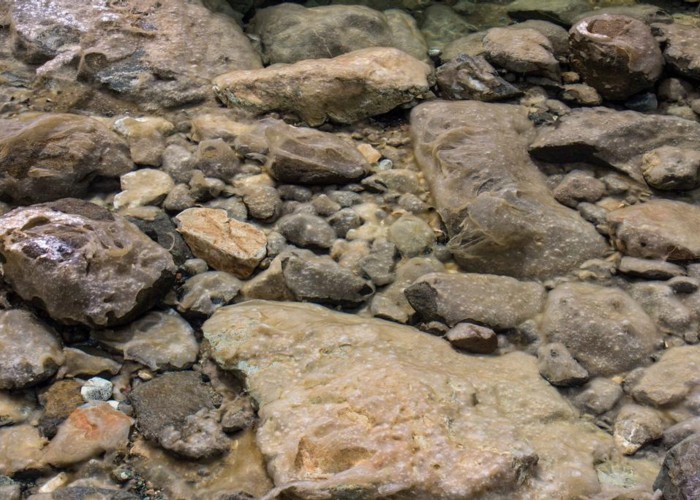Entering New Zealand
New Zealand has very strict biosecurity regulations. When entering New Zealand, declare any hazardous items on your arrival card. If in doubt, ask a biosecurity inspector. Tramping items you should declare include:
- Food. All food items of any quantity must be declared. In general, sealed, preserved goods will be allowed — but still must be declared.
- Sporting and camping equipment. The following items will be inspected and should be clean of soil, seeds, and organic material.
- Your tent, including poles, pegs, and floor
- Your boots and sports footwear
- Your walking poles
Further information:
Kauri dieback
Kauri dieback is caused by a plant pathogen called Phytophthora taxon Agathis (PTA). It presents a grave threat to the native New Zealand kauri species as a whole. There is no known control method, and it is not known if any trees have defences against this disease. Kauri dieback is believed to be spread by soil movement, plant to plant transmission through underground root-to-root contact, and human and animal vectors.
Kauri dieback is currently found in the Waitakere Ranges, Waipoua Forest, Trounson Kauri Park, and many areas around Auckland. It is not found in many areas of Northland forest, the Hunua Ranges, the Hauraki Gulf islands, and the Coromandel Peninsula.
Here's how to stop it spreading:
- Clean your gear
Remove soil before and after forest visits: boots, shoes, bikes, car tyres, walking poles, and other equipment. - Stay on the track
Stay off kauri roots, and keep dogs leashed - Obey closures
Some tracks and parks are closed to establish kauri protection zones for healthy kauri.
More information:
Didymo
Didymo or Didymosphenia geminata is a diatom native to northern Europe, Asia, and North America. It was first detected in the Mararoa River in 2001, and soon spread to other major rivers in the South Island. It is currently found in 150 waterways in the South Island only. It chokes waterways with a thick algal ooze. Didymo is spread between waterways by trampers, hunters, and anglers. It is our responsibility to stop it's spread.
Follow this protocol between tramps, and if you are crossing passes and saddles or moving between river catchments.
- CHECK
Remove all obvious debris from boots and items that have been in contact with the water. - CLEAN
Spray boots and socks for at least one minute, or until completely soaked in approximately 10% biodegradable detergent solution (one tablespoon of detergent for a 250ml spray bottle – or two for a 500ml spray bottle). - DRY
Drying will kill didymo, but even slightly moist items can harbour didymo and other microscopic pests for months. To ensure didymo cells are dead by drying, the item must be completely dry to the touch, inside and out, then left dry for at least another 48 hours before use.
Further information:


